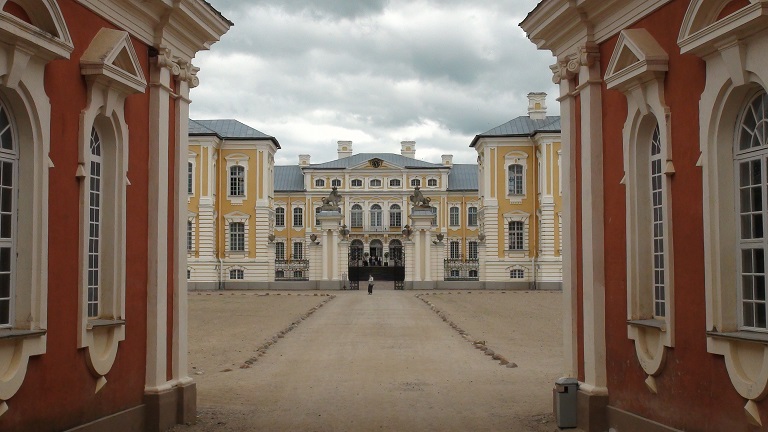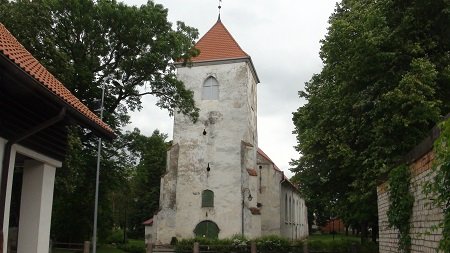In 16th-18th centuries Semigalia served as the center of Duchy of Courland and Semigallia, a small-yet-rich statelet that participated in American colonization.
As such, it boasts numerous castles and palaces. The most famous amongst them (and all the Baltic palaces is the Rundale Palace and its park.

Jelgava (the region’s largest city) has another massive palace with crypts of the dukes. The interior there is destroyed, however.
The Dukes of Courland and Semigallia were ethnic Germans, and much of what remains in the area‘s cities has an inherent German feeling. Well into the 19th century Germans still made some 33% of Jelgava inhabitants.
German manors were located outside of the main towns as well, and the prettiest string of such buildings stands in Western Semigallia.
The Germans initially came as crusaders who Christianized the Latvian nation. A crusader castle remains are available near Bauska, which is a nice small town.

While retaining a strong Latvian majority, Semigallia has significant ethnic minorities in some locations. Jēkabpils, with its old houses of worship of 7 different faiths, is arguably Latvia’s most traditionally multi-ethnic and multi-religious town.
Southern Semigallia hosts many Lithuanians, while the areas close to Riga have many Russian-speakers. That Riga hinterland was effectively transformed into suburbs recently, becoming the site of such locations as Cinevilla, a Riga movie studio backlot that’s also firm on Latvia’s tourist sight list.
